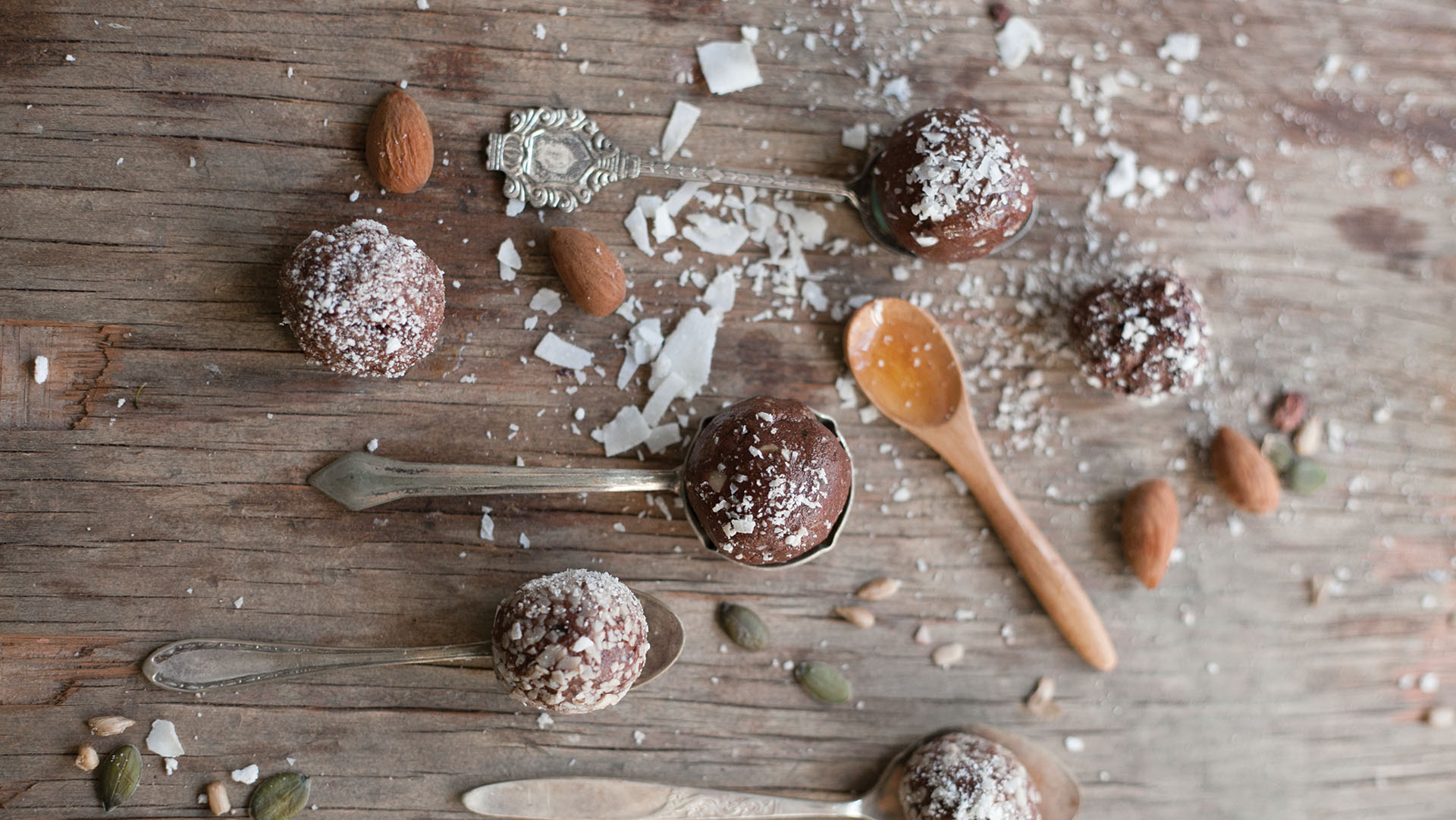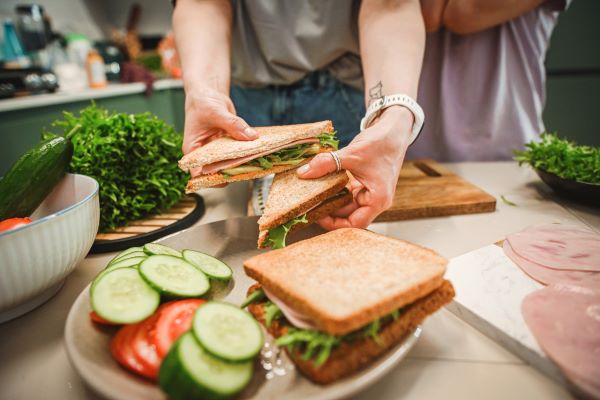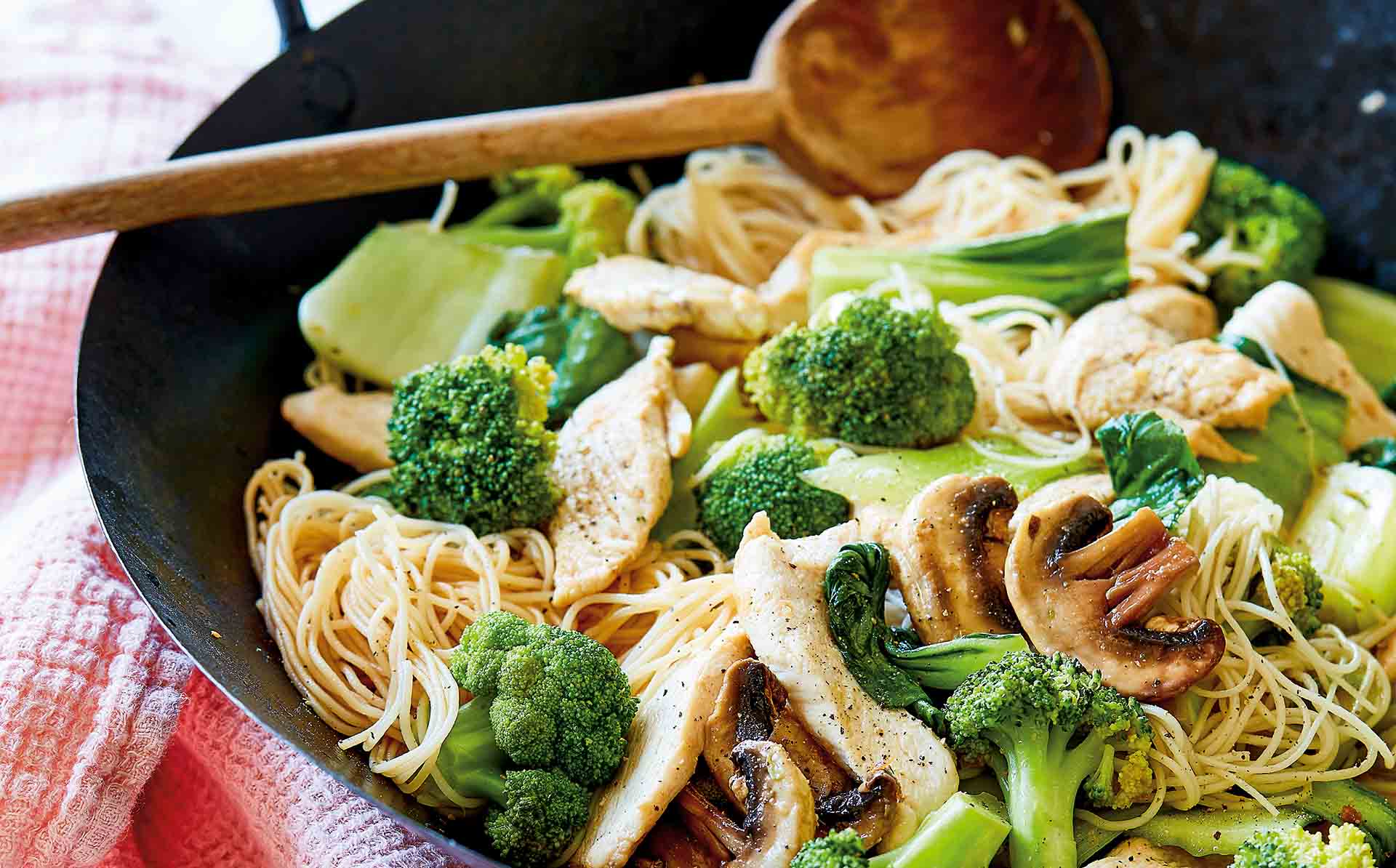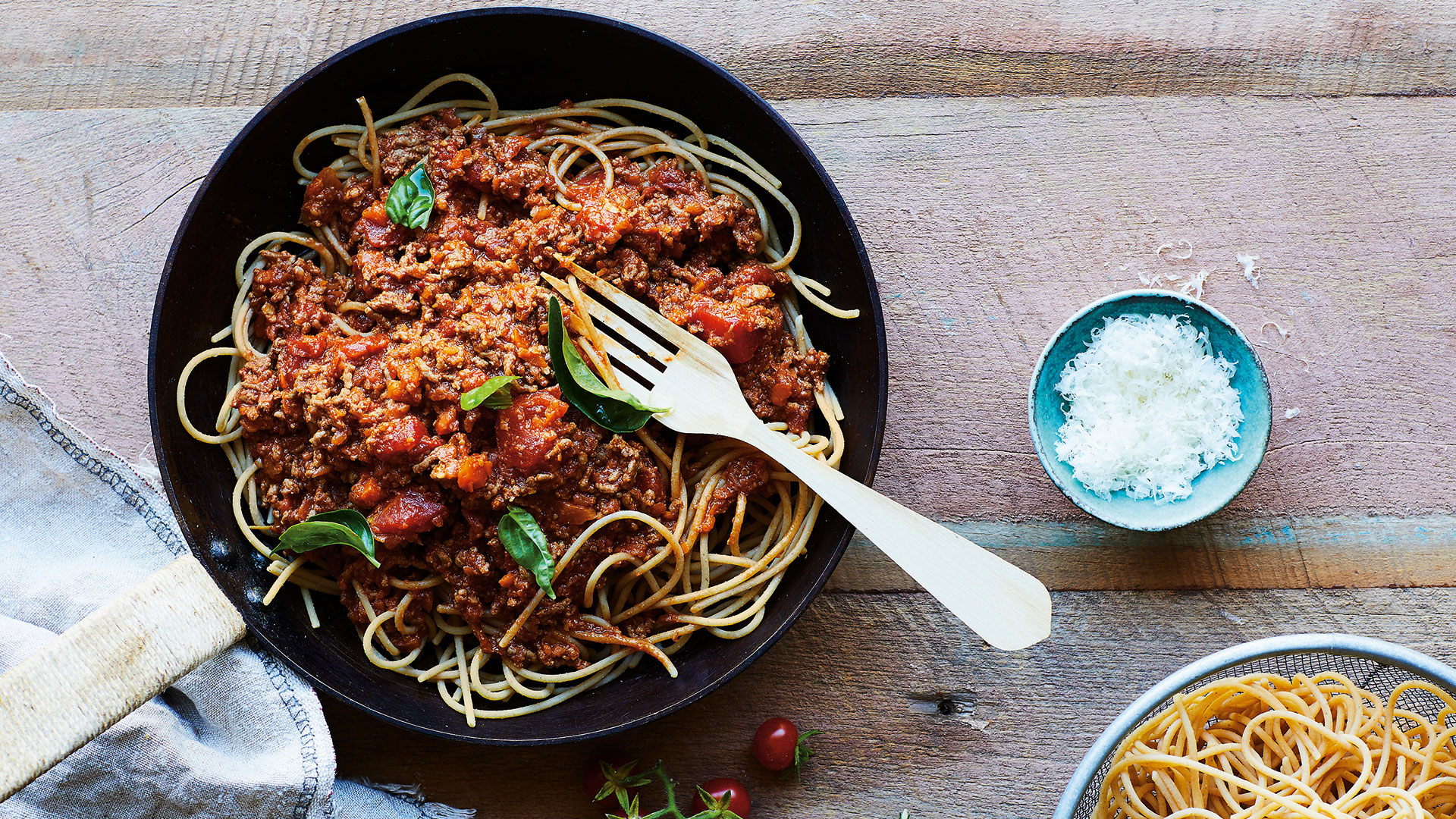-
There are three types of fibre – soluble, insoluble and resistant starch. All three of these types play a different role in keeping your body healthy. Here’s what you need to know.
Soluble fibre
This type of fibre acts like a bulking agent to make your poo comfortable to pass (the other two options are diarrhoea or constipation). It works by slowing down the breakdown of the carbohydrates you eat, which not only keeps you feeling fuller for longer but also prevents the unwanted spike of your blood sugar. This is important, because blood sugar spikes lead to a quick crash of energy, which often has us reaching for that muffin or chocolate bar we’ve been trying to resist.
Soluble fibre can also lower your LDL cholesterol (the ‘bad’ cholesterol) through a compound known as beta glucan, which is found in oats. Beta glucan attaches to your LDL cholesterol and ultimately is removed when you visit the bathroom.
Soluble fibre can be found in foods like:
- Oats
- Legumes (kidney beans, chickpeas, soy beans etc)
- Fruit and vegetables (especially in the flesh)
Insoluble fibre
No one likes to be constipated, and this type of fibre helps keeps you a regular customer to the bathroom. Insoluble fibre is found in the parts of the food which are not digestible by the body, so they pass through you.
Insoluble fibre can be found in foods like:
- Wheat bran
- Brown rice
- Wholegrain breads, cereals and pastas
- The skins of fruits and vegetables
Resistant starch
This type of fibre has been front and centre in the media lately. Resistant starch promotes the development of the good bacteria in your gut. This type of bacteria is supported by research to help improve your immunity, boost your mood and keep a healthy metabolism, which ultimately helps you to maintain a healthy weight.
Resistant starch can be found in foods like:
- Unripened bananas
- Onions
- Green and black tea
- Cooked and cooled wholegrain pasta, rice and potatoes
How much fibre do you need?
To keep your body working like a well-oiled machine, the Australian Dietary Guidelines recommend women have 25 g of fibre a day and men have 30 g of fibre a day.
How to get more fibre in your diet
1. Read the food label on your cereal box
Aim to select foods which have 3-6g of fibre per serve.
2. Choose wholegrains over refined products
Most adults over the age of 18 and under 50 years should aim for six serves of whole grains a day. Try replacing white and refined breads, rice and pasta for multigrain bread and brown rice or pasta.
3. Substitute a meat dish for legumes
Beans and legumes like kidney beans, chickpeas and lentils are great for your guts, and eating less meat (especially red and processed meat) can reduce your risk of cancers like colorectal cancer.
4. Eat plenty of fruits and vegetables
Try bringing a banana or apple to work as a snack, add some fruit to low fat yoghurt, mix vegetables into pasta and rice dishes and choose more vegetables to add to your sandwich. Keeping the skin on fruits and vegetables also increases the amount of insoluble fibre your body receives as well as adding some extra crunch and flavour.
5. Go nuts for nuts and seeds!
A small handful (30 g) of nuts and/or seeds is a great source of many healthy vitamins and minerals, including healthy fats, protein and fibre to keep you feeling fuller for longer. Try the unsalted variety to help your blood pressure, but any nut is a good nut!
Want help creating a personalised nutrition plan? An Accredited Practising Dietitian can help advise you on the best foods for your needs. Find out more from the Dietitians Association of Australia.
Make fibre your friend
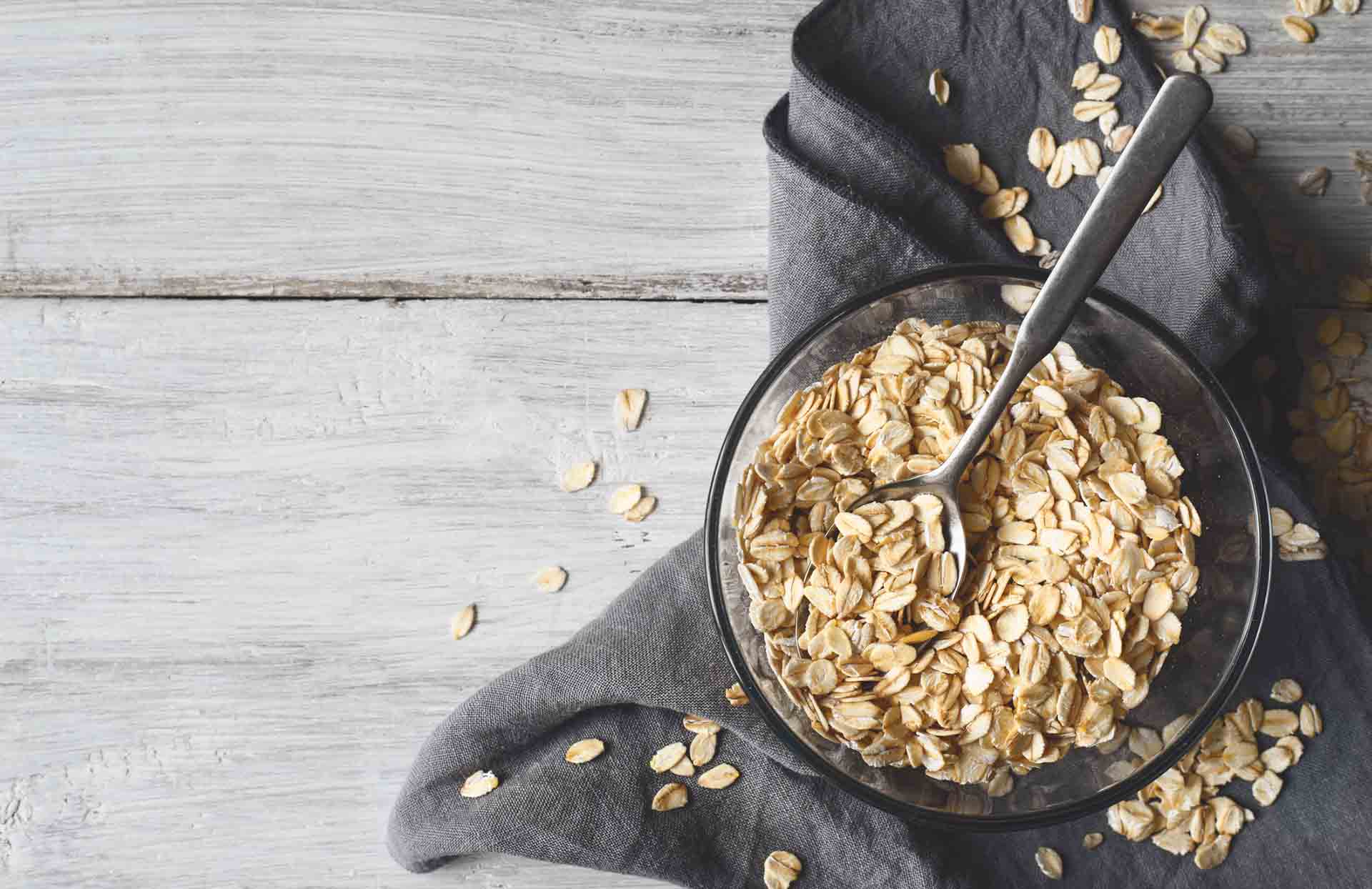
-
Chocolate brownie energy balls recipe
Scrumptious little balls of energy-boosting goodness.
-
10 simple and healthy lunch ideas
Feast on our top 10 healthy lunch ideas.
-
The benefits of healthy home cooking
Explore the benefits of cooking at home.
-
Chicken noodle stir fry recipe
An easy dish with the fresh tastes of ginger and bok choy.
-
Veggie-full beef bolognese with spaghetti recipe
Simple, delicious and packed with goodness, this pasta dish is an instant classic.
-
Is sharing a meal the secret ingredient to a happier life?
Why social connection may be the most important ingredient on your plate.
Subscribe to receive the best from Live Better every week. Healthy recipes, exercise tips and activities, offers and promotions – everything to help you eat, move and feel better.
By clicking sign up I understand and agree to Medibank's privacy policy

